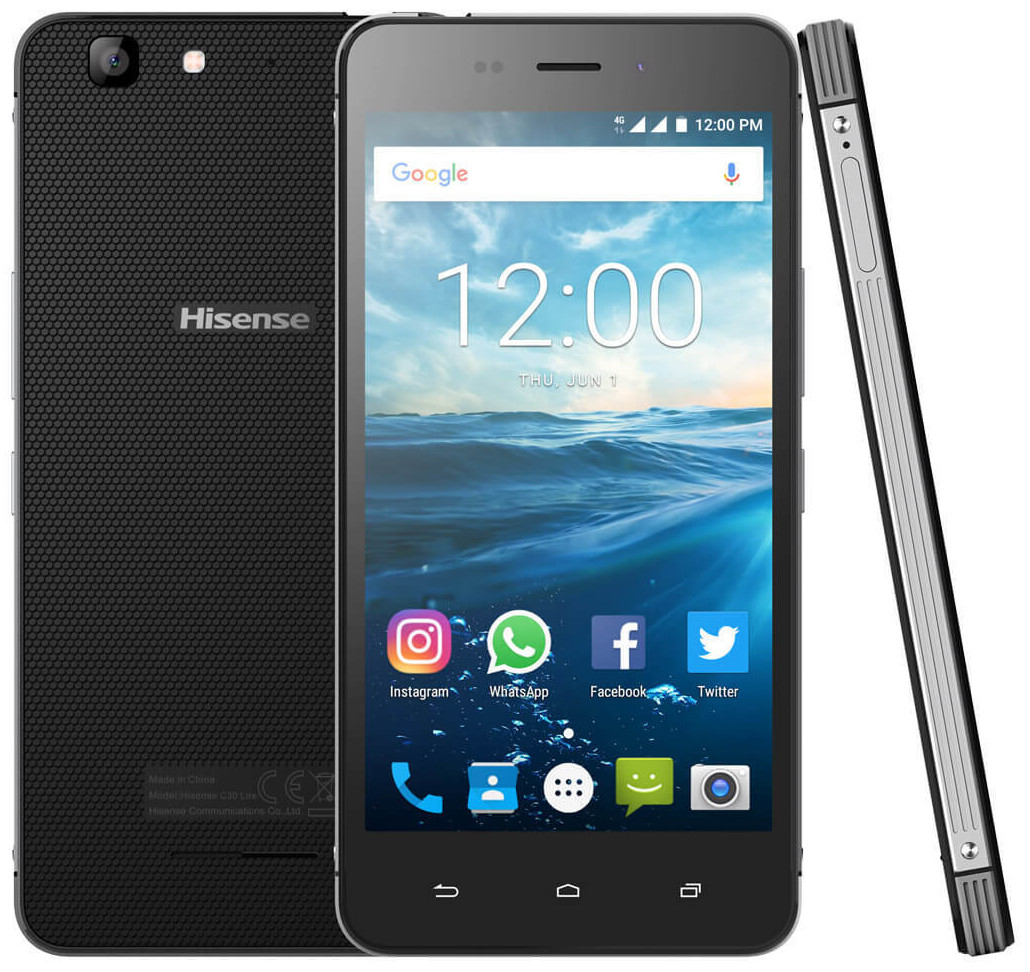

Meanwhile, the RSL10 SIP’s deep sleep current is 160 nA for a 16 kbB RAM retention for the Bluetooth Low Energy stack, and running an internal timer to wake itself up.įigure 4. The resulting Power Analyzer measurement reveals the average current for each- 711.624uA for Connectable, and 504.307uA for Non-connectable. This makes sense since the Connectable event also wants to receive. While both events use channels 37, 38 and 39, and last 7 msec, the Connectable event includes an RX pulse for each channel. Figure 4 depicts the RSL10 System in Package ( RSL10 SIP) Bluetooth Low Energy module captured by a Power Analyzer for the Connectable (left) and Non-connectable (right) “3 Advertisement” events, both at 0 dbm Transmit Power. Bluetooth Low Energy Advertising Packet (Source Accton Marketing)īluetooth Low Energy advertisement packets can be either Connectable or Non-connectable. The data unit of an advertisement packet called the Protocol Data Unit (PDU), has a two-byte header that specifies the type and length of data payload up to 37 bytes (6 bytes for the advertisement address and up to 31 bytes for data).įigure 3. Bluetooth Low Energy Advertising Channels (Source Accton Marketing) The advertising channels (Figure 2) are allocated in different parts of the spectrum to provide immunity against interference from 802.11/Wi-Fi.įigure 2.

Three RF channels (37, 38 & 39) are dedicated for advertising functions that allow the discovery of devices available in the vicinity. For longer distances, anything over 1000 meters, Sub Gigahertz Software defined radios (SDR) are ideal.īluetooth Low Energy operates in 2.4 GHz ISM band using a 40-channel partition, spaced 2 MHz apart. To achieve a 10-year battery life, Bluetooth Low Energy is the preferred choice for short to medium distance wireless connectivity, typically 30 to 50 meters depending on Transmitting (Tx) and Receiving (Rx) power. This is why low deep sleep power consumption is imperative for achieving 10-year battery life from a coin cell.įigure 1. For example, a 7 msec wake time, relative to a 5 second transmit interval (120 wireless transmits per hour), yields a duty cycle of 0.14% wake time and 99.86% sleep time. In order to obtain 10-year battery life for low coin cell capacities like 240 mAh, wireless devices typically spend the majority of their time asleep, only waking up occasionally to make a wireless transmission, as depicted in Figure 1 below. By selecting a radio SoC with low sleep current consumption, 10 years is very achievable for both short and long-distance wireless connections. This is not an easy task, as most inexpensive coin cells offer a maximum capacity of only ~ 240 mAh. For many small, portable Internet of Things (IoT) applications, the “Holy Grail” is wireless connectivity with a battery life of up to 10-years, using a coin cell.


 0 kommentar(er)
0 kommentar(er)
